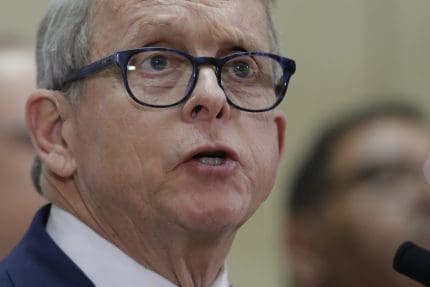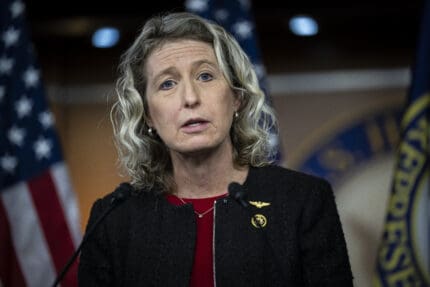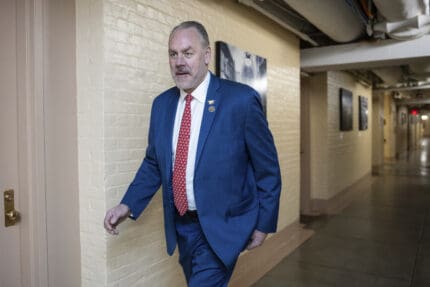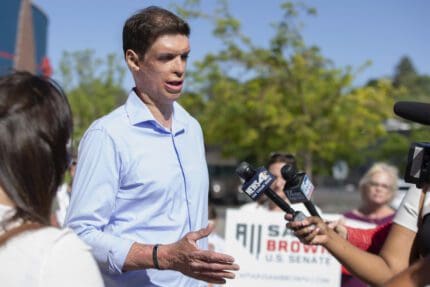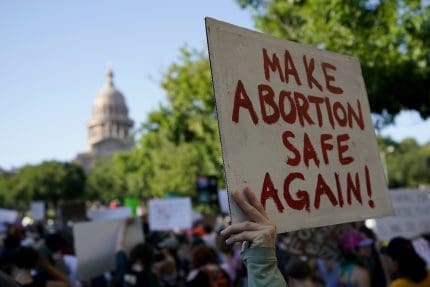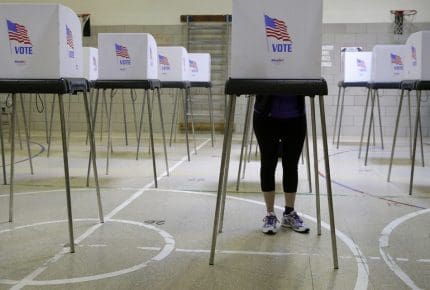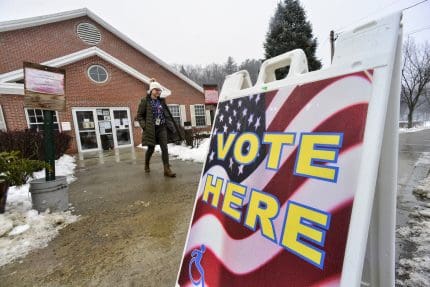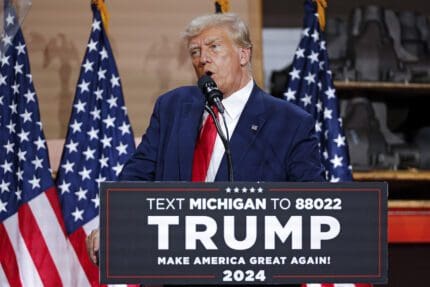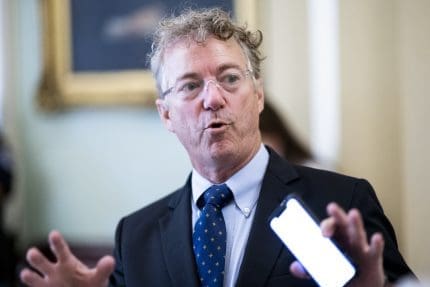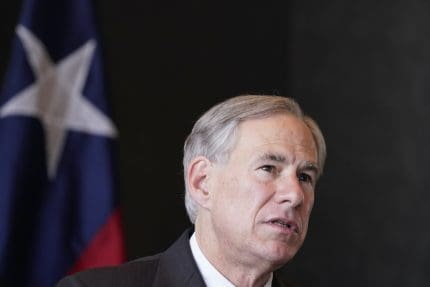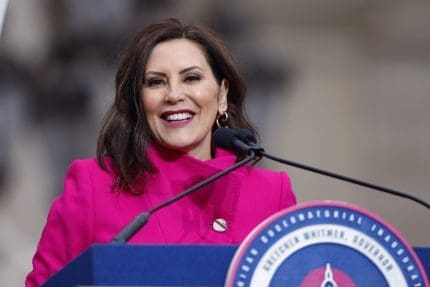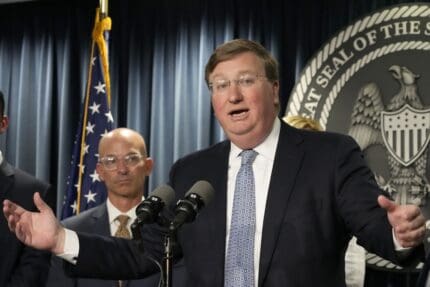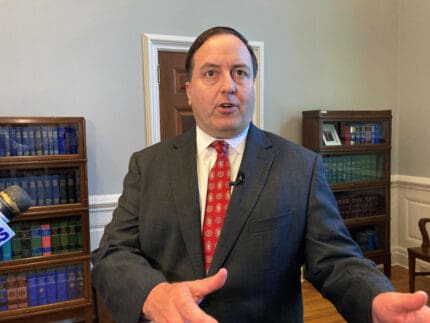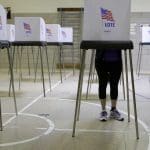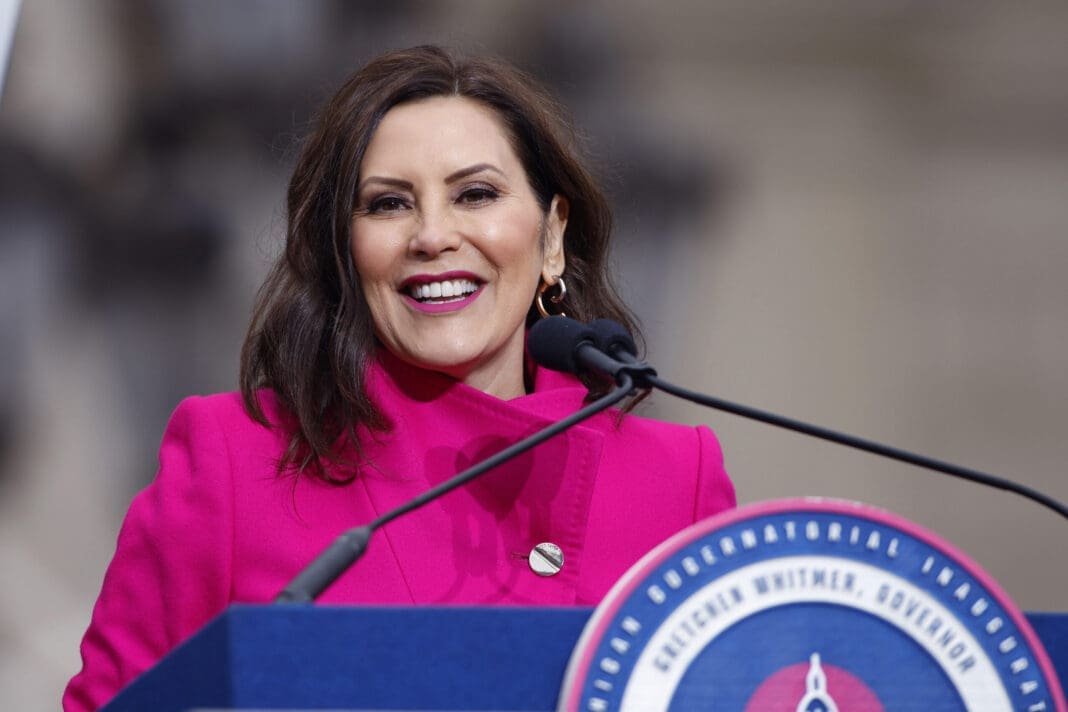Wiping out student debt could help tackle the racial wealth gap
College loan debt has increased racial inequality in the United States.

White House chief of staff Ron Klain said on Thursday that President Joe Biden has requested a memo from Education Secretary Miguel Cardona on the legality of canceling up to $50,000 in debt per student via executive action. Biden had previously said he was looking to cancel up to $10,000 per student.
Approving a larger-scale canceling of student debt could be an enormous step forward in combating racial inequity in the United States, as Black borrowers carry a disproportionate amount of the nation’s student loan debt.
In a live-streamed Politico Playbook interview, Klain discussed a recent move by the president to request the memo on Biden’s capacity to cancel the debt, saying, “He’ll [Biden] look at the policy issues around that, and he’ll make a decision. He hasn’t made a decision on that either way, and, in fact, he hasn’t yet gotten the memos that he needs to start to focus on that decision.”
If Biden takes action to cancel a full $50,000 per student, Black borrowers stand to benefit the most.
The National Center for Education Statistics has found that 86.8% of Black students take out federal student loans in order to attend four-year public colleges, while less than 60% of white students do. When considering all colleges and universities, 77.7% of Black students take out federal student loans in order to attend — compared to only 57.5% of white students.
According to the Brookings Institution, the average Black college graduate owes roughly $7,400 more in student loans upon receiving a bachelor’s degree than the average white graduate, and in general Black graduates carry twice the debt four years after graduation than do white graduates.
Then, the stage is set for major income disparities right away. Studies have found that newly graduated Black workers between the ages of 21 and 24 make, on average, $3.34 an hour less than white workers do, for one.
“Average wages grew faster among white and Hispanic workers than among [Black] workers for all education groups from 2000 to 2019,” a February 2020 report from the Economic Policy Institute notes.
Faced with lower wages, Black borrowers are almost five times as likely to be forced to default on paying their student loans.
And there’s also the issue of a huge racial wealth gap for families in the United States. A Roosevelt Institute study has found that a white household helmed by an individual between the ages of 25 and 40 years old has approximately 12 times the overall wealth of a Black household helmed by a same-age peer. That ratio would drop sharply to 5:1 if all student loan debt were eliminated, the study says.
“The racial wealth gap is both the biggest and has grown the fastest among those with a college education,” Jason Houle, a Dartmouth College assistant sociology professor, told CNBC in 2019. “[S]tudent loan debt [is] potentially one thing that explains why that’s happened.”
Julia Barnard, a Center for Responsible Lending expert in student debt issues, told the outlet, “There’s structural discrimination. It’s a larger civil rights issue.”
A 2018 study by the Levy Economics Institute of Bard College found that wiping out all student debt, both federal and private loans, could benefit the economy as a whole, adding some $86 to $108 billion a year to the GDP by putting more money into the hands of borrowers for retail spending.
While previous efforts have been made by Democrats to ease some student debt, it’s never been to the extent of erasing $50,000 of it per borrower.
In 2010, President Barack Obama signed into law expansions of student loan forgiveness initiatives known as “Pay As You Earn” programs. Originally, these programs enabled borrowers to qualify for loan forgiveness after making payments of 15% of their annual income for 25 years. After Obama’s expansion, borrowers could qualify for forgiveness after making payments of only 10% of their annual income for 20 years.
But the more expansive Student Loan Forgiveness Act, introduced in Congress in 2012 by former Rep. Hansen Clarke (D-MI) — which would have offered borrowers the option of forgiveness after 10 years of making payments of approximately 10% of their annual income and enabled borrowers in certain public-service industries to obtain forgiveness after five years, died in committee.
Donald Trump’s administration actively fought measures to make it easier for borrowers to pay off student debt. He tried to do away with loan forgiveness programs for those working in qualifying public service and nonprofit sectors, and in his 2021 budget proposal, moved to eliminate need-based federal subsidized student loans — the kind that, while borrowers remain in school, don’t accrue interest.
Thus far, Biden has already eliminated billions in debt for certain borrowers, including borrowers with disabilities. But for many progressives, Biden moving to wipe out $50,000 in student debt would be a welcome pivot from his previously reported position of considering canceling only up to $10,000 — a position that drew sharp criticism from Rep. Alexandria Ocasio-Ortez (D-NY), among others.
“The case against student loan forgiveness is looking shakier by the day” Ocasio-Cortez tweeted in February.
“Biden’s holding back, but many of the arguments against it just don’t hold water on close inspection.We can and should do it. Keep pushing!” she added.
Published with permission of The American Independent Foundation.
Recommended

Biden calls for expanded child tax credit, taxes on wealthy in $7.2 trillion budget plan
President Joe Biden released his budget request for the upcoming fiscal year Monday, calling on Congress to stick to the spending agreement brokered last year and to revamp tax laws so that the “wealthy pay their fair share.”
By Jennifer Shutt, States Newsroom - March 11, 2024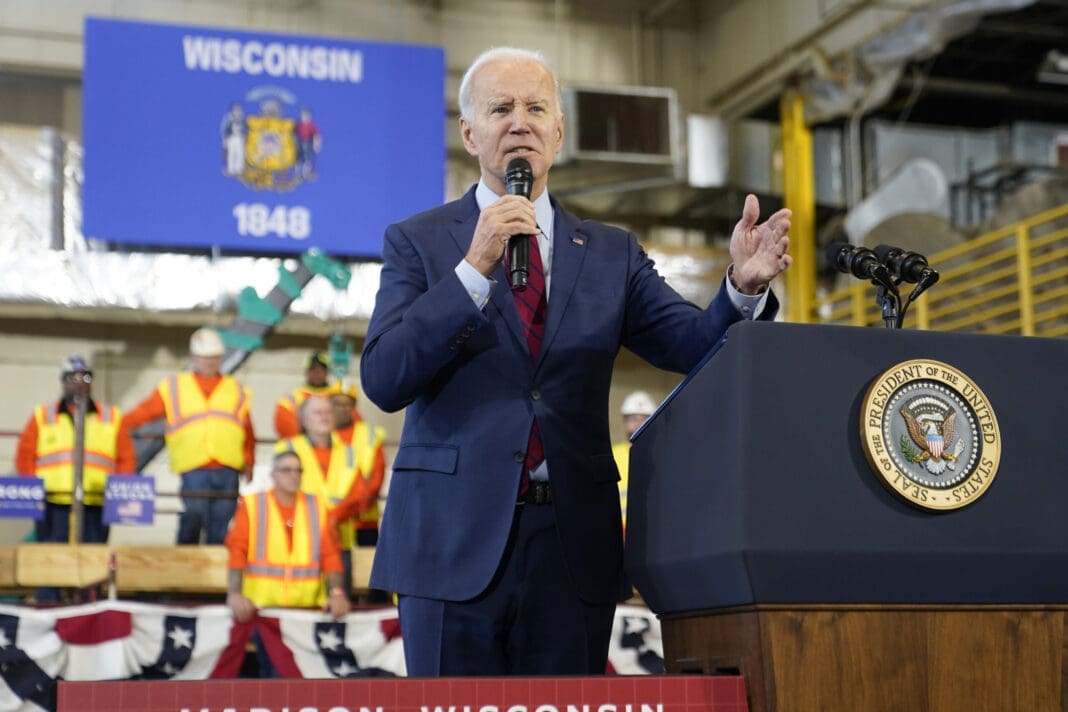
December jobs report: Wages up, hiring steady as job market ends year strong
Friday’s jobs data showed a strong, resilient U.S. labor market with wages outpacing inflation — welcome news for Americans hoping to have more purchasing power in 2024.
By Casey Quinlan - January 05, 2024
Biden’s infrastructure law is boosting Nevada’s economy. Sam Brown opposed it.
The Nevada Republican U.S. Senate hopeful also spoke out against a rail project projected to create thousands of union jobs
By Jesse Valentine - November 15, 2023












